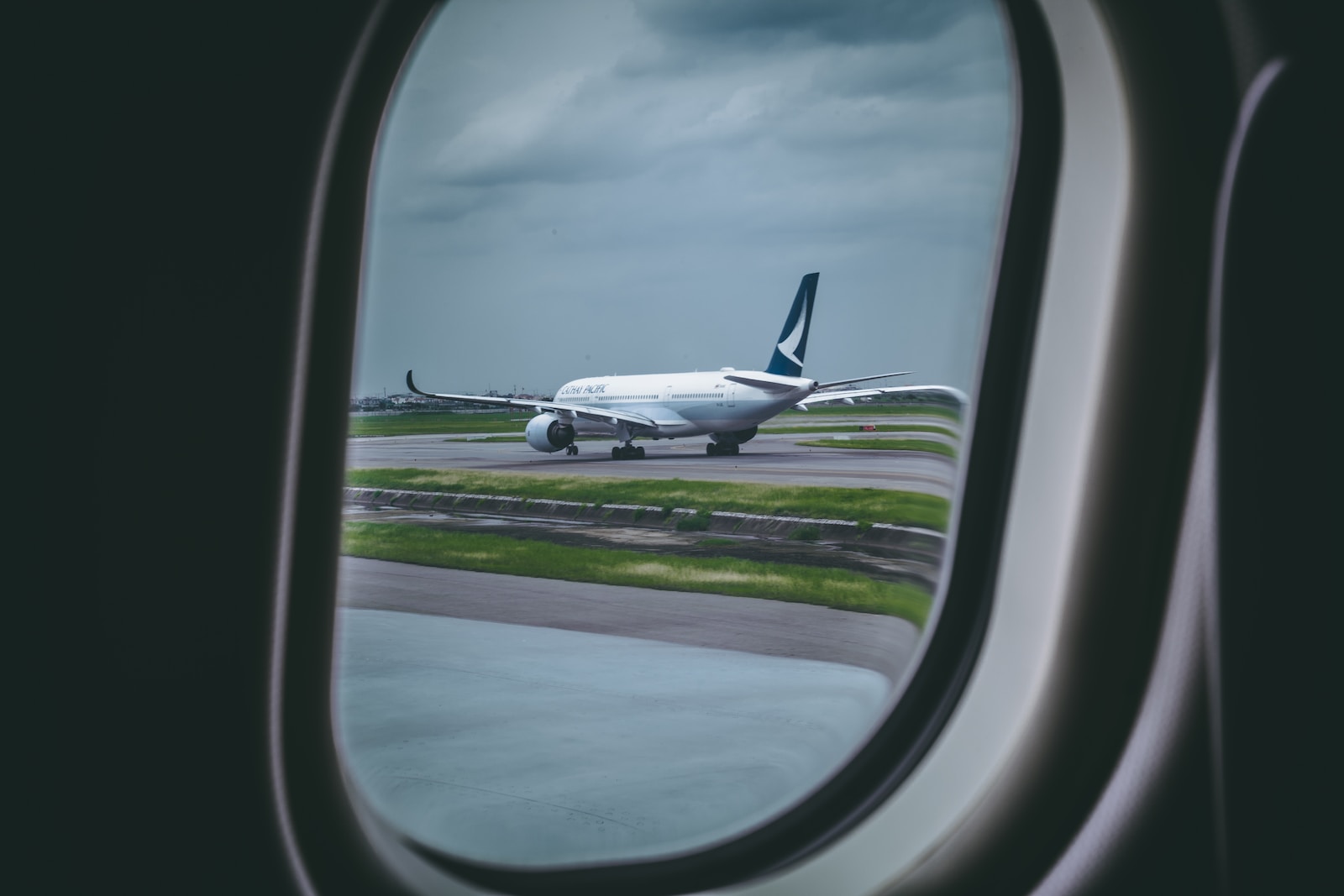
Photo by Kevin Bosc on Unsplash
Cathay Pacific Cancels More Than 80 Flights
January 8, 2024
Airline Cathay Pacific has recently been in the spotlight after canceling more than 80 flights since Christmas Eve, leaving passengers worried about potential further interruptions. The scale of these disruptions has led many to question if the airline is grappling with significant internal issues.
Many of these canceled flights were scheduled to fly on key routes, such as Hong Kong to Singapore, Beijing, and Shanghai, among others, between the last week of December and the first week of January. These cancelations extend beyond short-haul commutes to include long-haul flights to destinations like London and Amsterdam.
Cathay Pacific has responded to the situation, stating that the cancelations were strategic, done to ensure smooth overall operations during the holiday peak season. The airline attributed the unexpected cancelations to a high rate of pilot absences because of seasonal illnesses in December.
However, Paul Weatherilt, a Cathay pilot and chairperson of the Hong Kong Aircrew Officers Association, attributes these problems to a severe pilot shortage, stemming from Cathay’s staffing strategy during the COVID-19 pandemic. Cathay had opted for significant staff reductions, with close to 1,000 pilots being let go and another estimated 1,000 resigning due to various factors. With a pressing need for staff post-pandemic, the airline is now aggressively recruiting pilots and other employees.
Cathay Pacific recently announced plans to recruit over 800 cadet pilots in the near future, including mainland Chinese recruits for the first time. However, Weatherilt cautions that the training process is long, taking as much as seven to 10 years for a cadet to fully qualify as a pilot. With Cathay’s passenger fleet operating at just over half of its pre-pandemic pilot capacity, Weatherilt suggests that re-employing former pilots could significantly alleviate the training requirement.
Despite these challenges, Cathay Pacific’s Director of Flight Operations Chris Kempis stated that the airline plans to restore its passenger flight capacity to pre-pandemic levels by the end of 2024. However, this goal has been met with skepticism, with Weatherilt calling it an “impossible commitment.”
As of now, Cathay Pacific employs 2,532 pilots, a significant drop from the 3,885 pilots that were employed in the final quarter of 2019. Weatherilt estimates it would take about 2,000 pilot training courses, or four years’ worth, to meet current staffing needs.
Meanwhile, Cathay’s customers are left in a state of uncertainty, especially as Hong Kong enters flu season, which could exacerbate the pilot shortage. This situation is not only giving passengers a sense of insecurity but also puts pressure on Cathay to reevaluate its staffing decisions and strategies as it continues its journey toward recovery.
Recent News
Premium and Healthier Food Options Gain Traction
As consumers become more mindful of their spending, the global sales of cooking ingredients and meals saw a notable increase of 4.4% in 2023, driven by inflation and higher commodity prices, according to Euromonitor International. This trend underscores a shift in consumer behavior towards more economical choices while still showing a preference for premium, healthier, and environmentally sustainable options.
Dairy Manufacturers Inc. Issues Voluntary Recall of Baby Formula
In a significant move, Dairy Manufacturers Inc., a Texas-based company, has initiated a voluntary recall of several baby formula products after they were found to be noncompliant with U.S. Food and Drug Administration (FDA) regulations. The recall encompasses all lot codes of three specific products: Crecelac Infant 0-12, Farmalac 0-12, and Farmalac 0-12 Low Lactose. This announcement was officially published on the FDA’s website on Saturday.
Fitness Equipment to Become $18.4 Billion Market
The global fitness equipment market is projected to reach $18.4 billion by 2033, growing at a CAGR of 3.02% from 2024 to 2033, according to Allied Market Research. Key drivers include the integration of Internet of Things (IoT) technology in fitness devices and the rise of corporate wellness programs. IoT-enabled equipment captures workout metrics in real time, enhancing user engagement and offering personalized insights. Corporate wellness initiatives promote physical activity in the workplace, increasing demand for fitness equipment in corporate gyms.
Walmart Ends Partnership with Capitol One
Walmart has officially ended its consumer credit card agreement with Capital One, marking a significant shift in the retail giant’s financial partnerships. This decision follows a series of disputes over customer service issues that culminated in a legal battle and a federal judge’s ruling.

